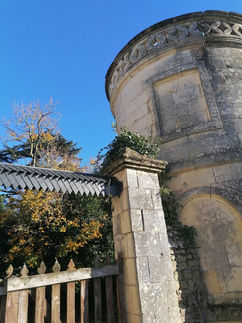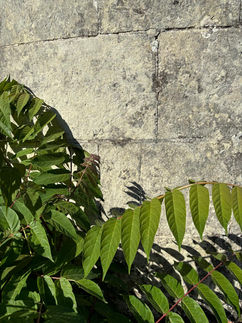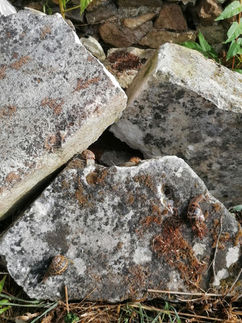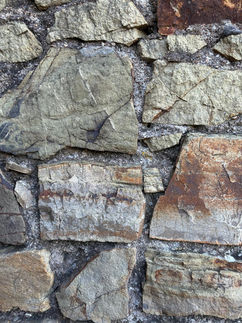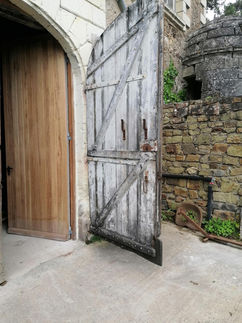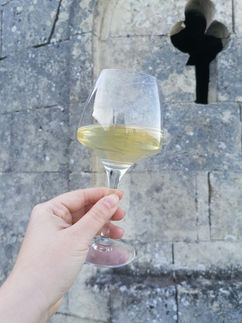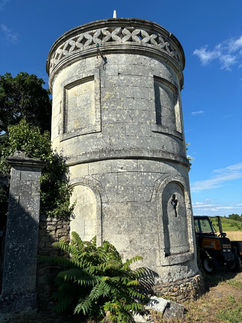Cellar know-how
Pressing
The Chenin grapes are pressed immediately after being selected and picked. As with every stage of winemaking, no sulfites are added. The pressing lasts a long time to avoid crushing the berries too hard and to extract a minimum of vegetal aroma.
The Cabernet Franc, on the other hand, is placed in vats for a short maceration, which allows it to develop its color and tannins. It is only after a few days that it is pressed, in the same way as the Chenin grapes.
After this pressing stage, the "juices" are sent to vats or barrels for fermentation.
Alchemy begins.
Fermentation
No yeast is added for fermentation. These are spontaneous fermentations that occur naturally with the yeasts present on the berries. No sulfites are added. Nature does its job very well.
Racking
To clarify the wines and avoid filtration, they are racked. They are transferred from one vat to another, or from one barrel to another. This removes the lees and any residual organic matter. This operation only takes place once the alcoholic fermentation is complete.
Bottling
During this stage, once again, no chemicals are added. Bottling is a crucial moment. This is where everything is decided. Each step of winemaking is important and precise, but this is the last in a long process.
For greater safety and to best protect the wine and allow it to age peacefully, high-quality natural cork stoppers are used. In addition, they are covered with wax to limit the risk of air exchange with the wine.












